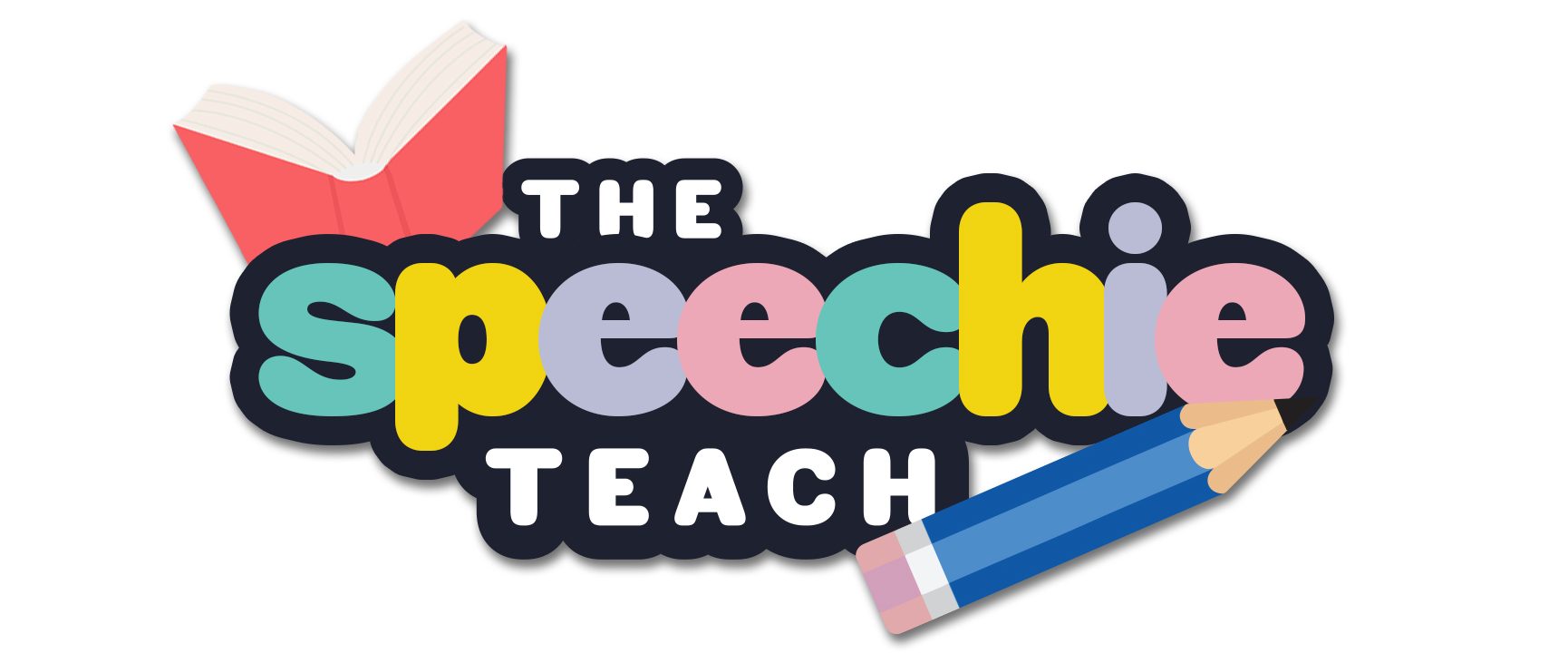As teachers, you may be familiar with some of these terms, you may even be using them in your classroom as part of structured synthetic phonics. But what is the difference between graphs and thongs and is it important for reading instruction?
First of all, let’s breakdown the morphology and etymology of the word.
THONG= SOUND
GRAPH = LETTER
DI = TWO
Using this knowledge, we can deduct that digraphs, trigraphs, quadgraphs and morphographs relate to letters or the orthographic representation of a sound.
Graphemes: The letter or groups of letters which represent one phoneme (sound). Grapheme is the umbrella term for graphs, digraphs, trigraphs and quadraphs.
Graph: 1 letter that makes one sound (e.g. l, m, s, t, e, a, etc.)
Digraphs: 2 letters that make one sound. These can be consonant digraphs (e.g. sh, ch, th, wh, ck) or vowel digraphs (ay, ai, ee, oi, etc.)
Split digraphs: When a digraph is split by a consonant it becomes a split digraph. Some of you may know this as the ‘bossy-e’ or ‘magic-e’ rule, where the ‘e’ makes the vowel sound it’s long sound. The split digraphs are a_e (bake), e_e (Pete), i_e (bike), o_e (slope), and u_e (cube).
Trigraphs: 3 letters that make one sound (e.g. ‘igh’ in high, ‘tch’ in witch).
Morphographs: The smallest MEANINGFUL unit of a WRITTEN word (to remember this, think ‘M’ for morphograph and meaning). It directly relates to a morpheme, which is the smallest meaninful unit in a spoken word. By ‘meaninful’, I mean it holds a semantic meaning. For example in the word revision, the prefix ‘re’ means ‘again’ but the /r/ or the /e/ on their own don’t hold any meaning. Therefore, ‘re’ is a bound morpheme (or morphograph in the written form). In any given word, morphemes or morphographs include those that are bound -prefix/es, suffix/es, and those that are independent- base/root words. For example, the word table has only 1 meaningful unit/morpheme as it does not contain any prefixes or suffixes. If you add an ‘s’ to the end to make it plural it contains 2 morphemes, one independent and one bound (table + s). The word ‘uncontrollably’ contains 4 morphemes. These are: un (meaning = not), control (root word), able (meaning= Capable of), ly (turns into an adjective). 4 whole morphemes in the one word!
This is where it gets tricky. The words men, caught and swam are examples of one syllabic words that contain 2 morphemes. They don’t contain any visible prefixes or suffixes but they are plurals or past tense version of a root word. So they in fact have 2 units of meaning = 2 morphemes.
Thongs on the other hand (monophthongs and diphthongs) are vowel SOUNDS- the term has absolutely nothing to do with the letters/orthographic representation. A diphthong is a special kind of vowel sound formed by the combination of two vowel sounds – Diphthongs (as opposed to monophthongs) are vowel sounds formed by the combination of two vowel sounds – when producing a diphthong, you move your mouth to a different position mid-sound. In Australian English, diphthongs include the /oy/ sound in toy and coin, /ay/ sound in say, /ow/ sound in cow and /ere/ sound in here.
As a primary school teacher, do I need to know this?
As teachers, it is important that we have sound knowledge of the phonemes and orthography of the English language. We need to be able to identify the difference between consonant blends, graphs, digraphs, trigraphs, quadgraphs and morphographs so we can systematically teach sound-letter relationships and spelling rules (structured synthetic phonics) (Castles, Rastle, Nation, 2018). Morphographs become particularly important after initial phonics instruction, so students understand the meaning and spelling of words based on their prefixes and suffixes (Kirk & Gillon, 2009).
Diphthongs and monophthongs, on the other hand, are complex speech production terms which teachers may benefit from having an understanding of, but I would not consider it a necessity. These terms are used throughout the speech pathology world, but may not be as important for reading/spelling instruction.

Nice post. I used to be checking constantly this weblog and I’m impressed! Extremely helpful info specially the last section 🙂 I handle such info a lot. I used to be looking for this particular info for a long time. Thanks and good luck.
LikeLike
Thank you
LikeLike